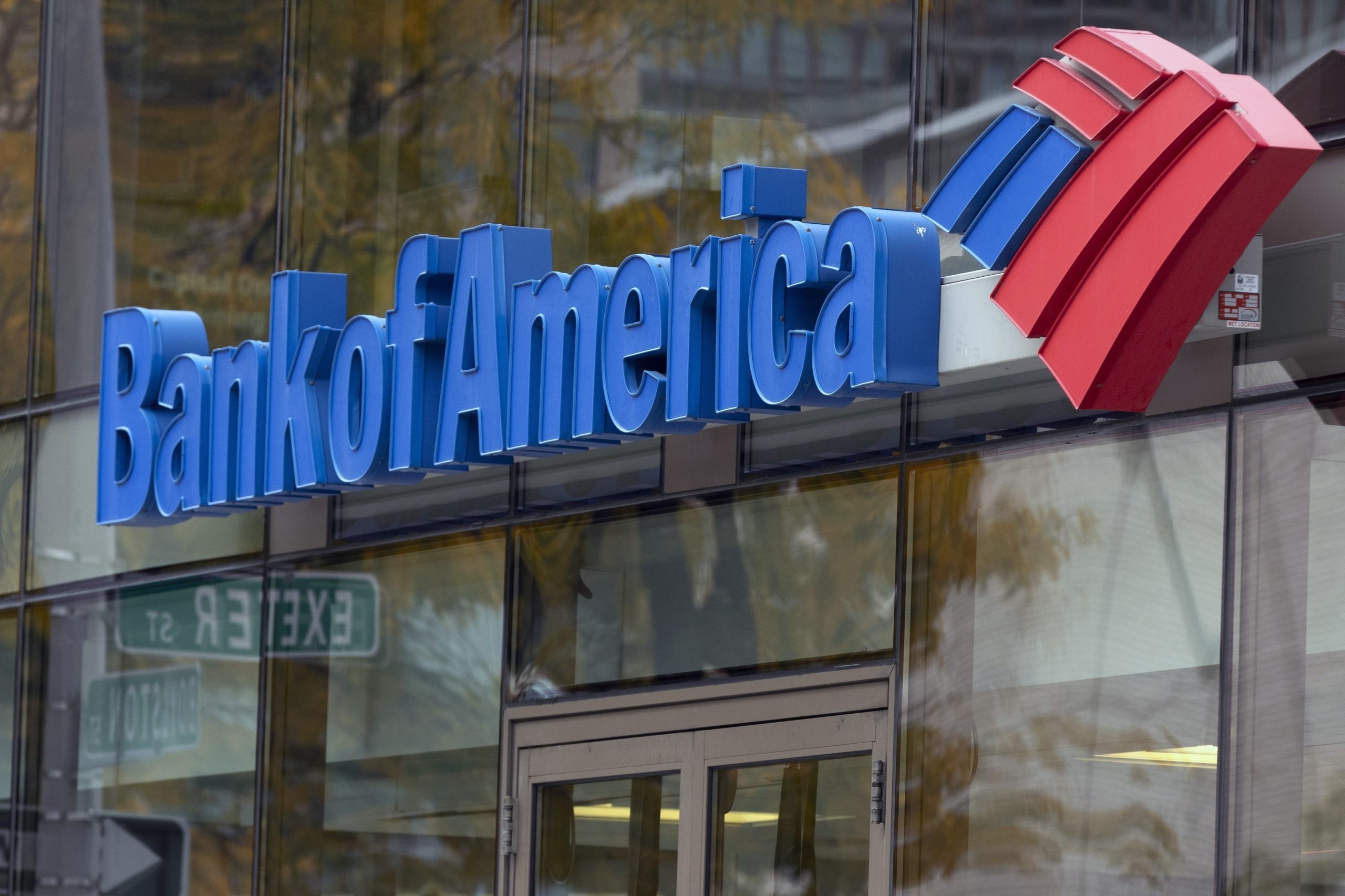Bank of America has recently endorsed a modest allocation to digital assets for its wealth management clients, recommending 1% to 4% of portfolios depending on individual risk tolerance and interest in thematic innovation like crypto.
This guidance applies to clients on its Merrill, Bank of America Private Bank, and Merrill Edge platforms, marking a shift from prior restrictions where advisers could only discuss crypto upon client request.
Starting January 2026, the bank’s over 15,000 wealth advisers will proactively recommend regulated crypto products, including coverage of four major spot Bitcoin ETFs from BlackRock, Bitwise, Fidelity, and Grayscale beginning January 5.
Chris Hyzy, CIO of Bank of America Private Bank, described this as suitable for investors comfortable with volatility, emphasizing regulated vehicles and diversified exposure to balance opportunities and risks.
This aligns with a wave of institutional adoption. Modest for thematic innovation; ETF-focused. Morgan Stanley, views Bitcoin as “digital gold”; for opportunistic portfolios. BlackRock improves long-term portfolio efficiency. Fidelity higher for younger, risk-tolerant investors.
Vanguard Now allows crypto ETFs/mutual funds on platform as of December 2025. This move reflects growing mainstream acceptance of crypto amid Bitcoin’s volatility down ~10% over the past year after peaking above $126,000 in October 2025, but it underscores caution—retail investors have faced significant ETF losses recently.
A Bitcoin ETF (Exchange-Traded Fund) is a regulated investment vehicle that tracks the price of Bitcoin and trades on traditional stock exchanges (e.g., NYSE, Nasdaq). It allows investors to get exposure to Bitcoin’s price movements without directly buying, storing, or securing actual Bitcoin.
IBIT (BlackRock), FBTC (Fidelity), GBTC (Grayscale), ARKB (Ark/21Shares), BITB (Bitwise), HODL (VanEck), BTCO (Invesco), BRRR (Valkyrie), EZBC (Franklin), BTCW (WisdomTree). Holds actual Bitcoin in cold storage via a regulated custodian.
Since January 2024, spot Bitcoin ETFs dominate inflows and trading volume. Futures ETFs are now a small minority. The ETF calculates its NAV once per day using a benchmark price (e.g., CME CF Bitcoin Reference Rate or CoinMetrics index).
ETF market price ? NAV ± tiny premium/discount usually < 0.1% because of the creation/redemption arbitrage. Tax Implications, treated like stocks: capital gains/losses when you sell the ETF shares.
No K-1 forms unlike some crypto LPs or the old GBTC trust). Held in IRAs/401(k)s is huge advantage no wallet needed, no taxable events when the ETF buys/sells Bitcoin internally.
A spot Bitcoin ETF is the easiest, most regulated way for traditional investors especially institutions and retirement accounts to get Bitcoin exposure in 2025. It behaves almost exactly like owning Bitcoin price-wise, but with the legal structure and convenience of a stock.
The creation/redemption mechanism performed daily by big banks keeps the price tightly aligned with real Bitcoin — usually within a few basis points.
Bitcoin is no longer “fringe.” It is now a standard (albeit small) sleeve in diversified portfolios at almost every major wealth platform. The ETF wrapper has dramatically widened the investor base while narrowing volatility and exchange failure risk.
The trade-off is centralization mainly Coinbase custody and permanent fee drag. Expect every G–20 country to have spot Bitcoin ETFs by 2027; the U.S. version was the dam breaker.
Spot Bitcoin ETFs turned Bitcoin from a tech subculture asset into something your 70-year-old financial advisor at Bank of America now recommends 2–4% of your portfolio for. That is one of the biggest financial regime shifts of the decade.







